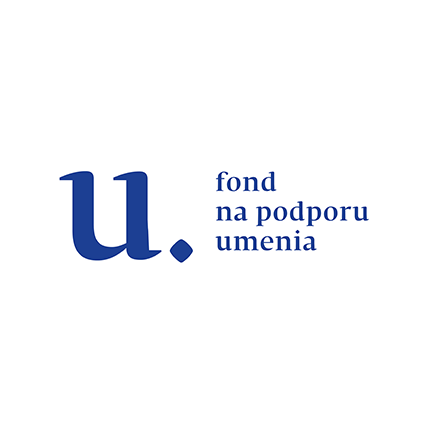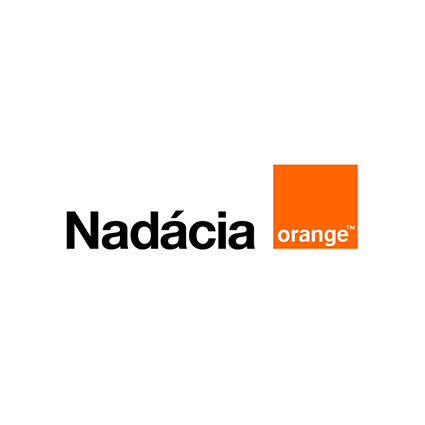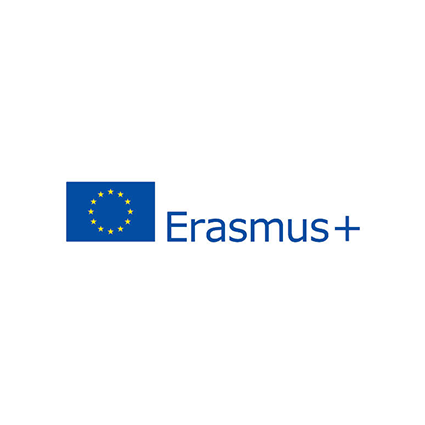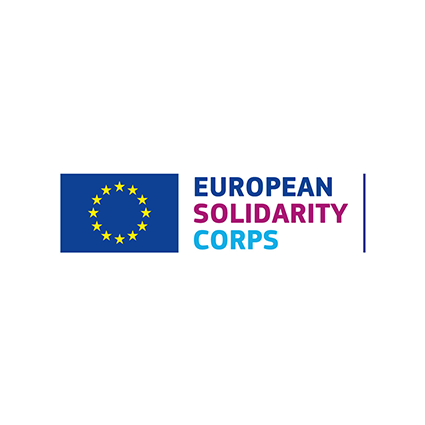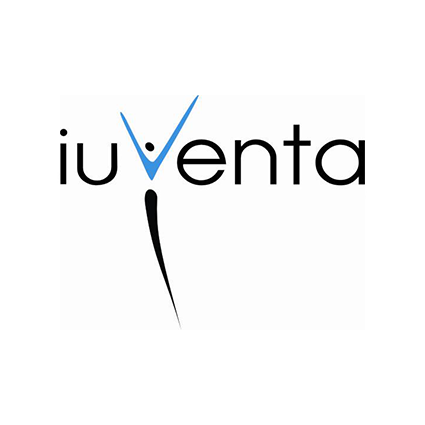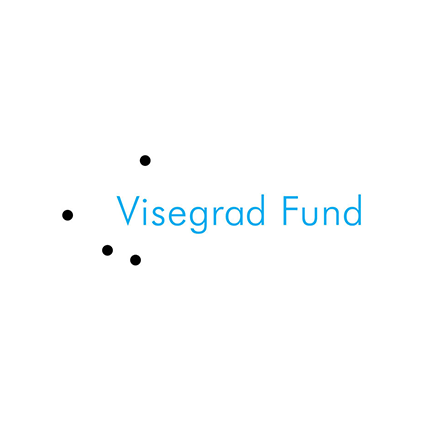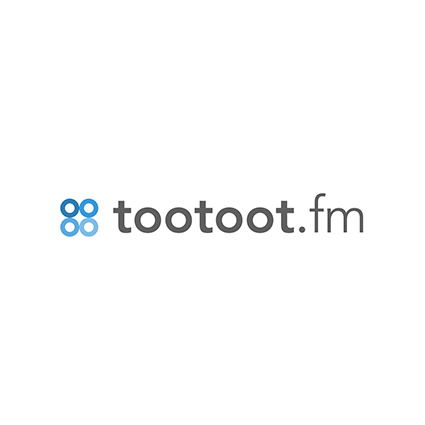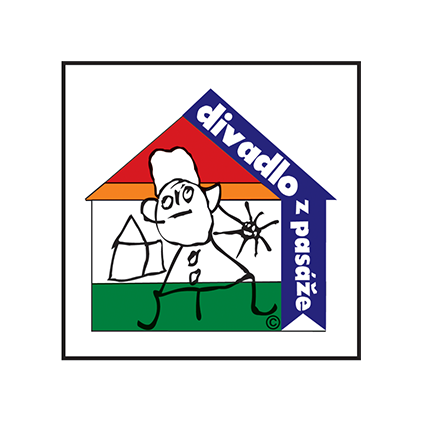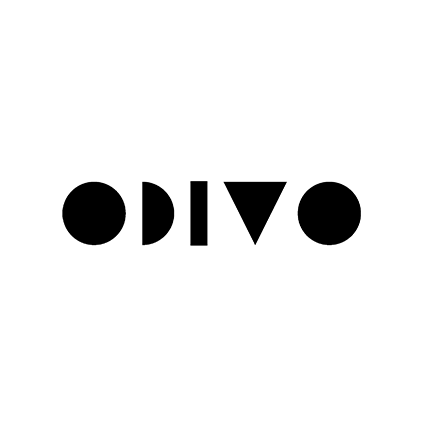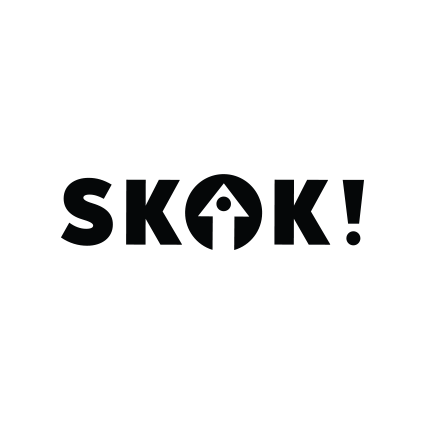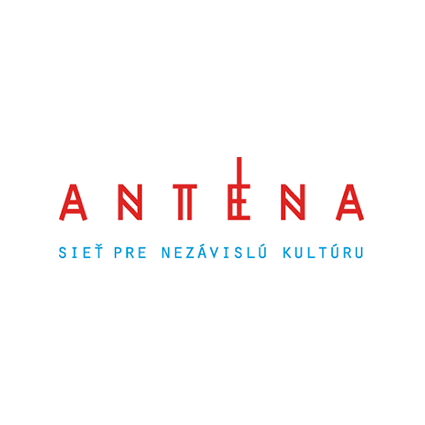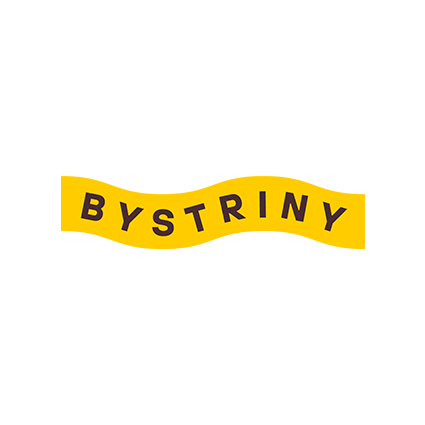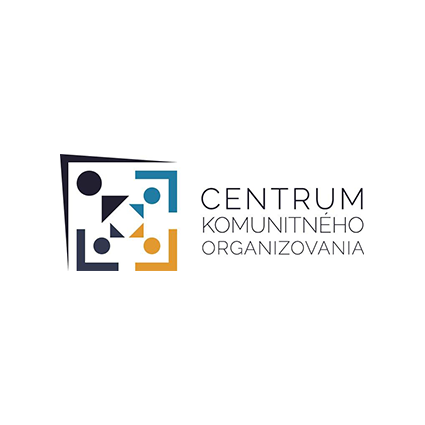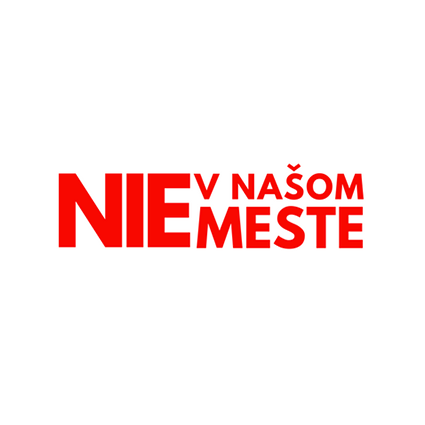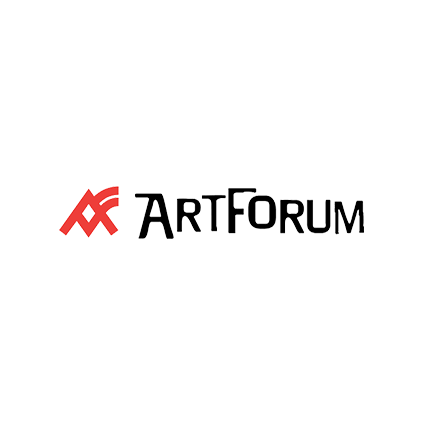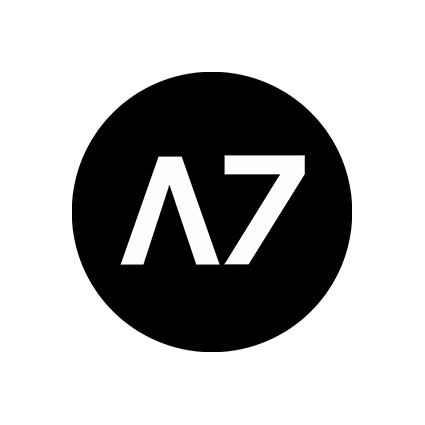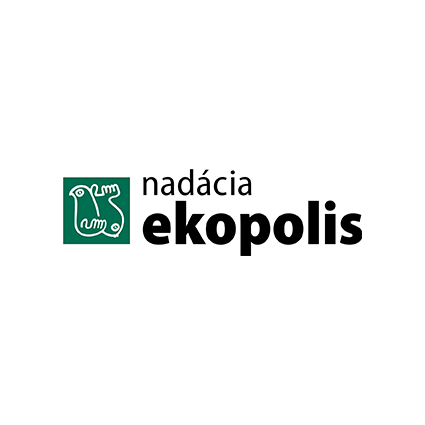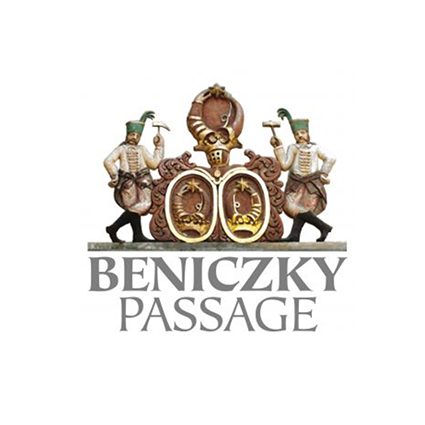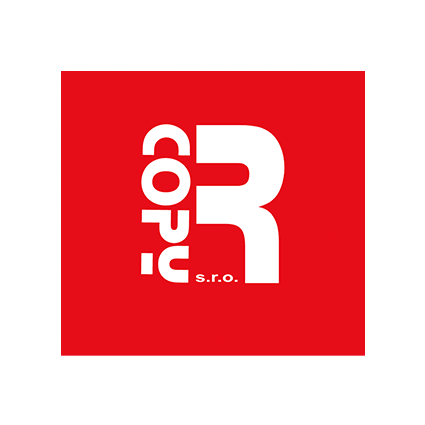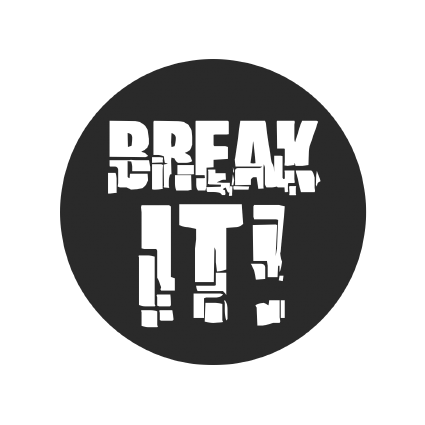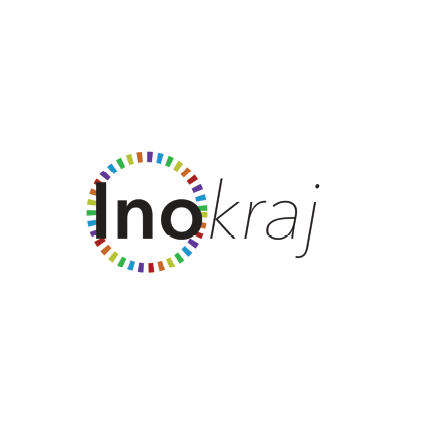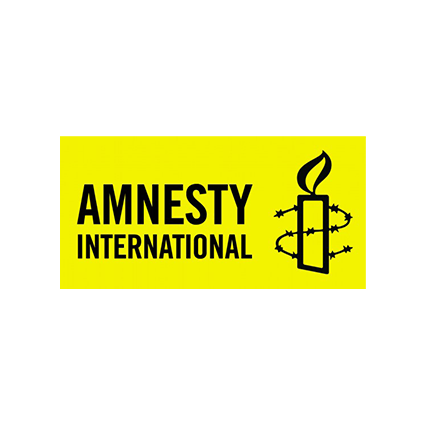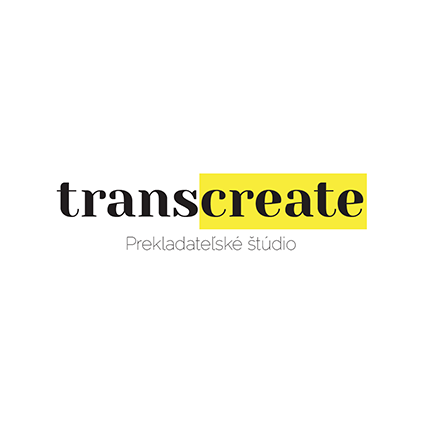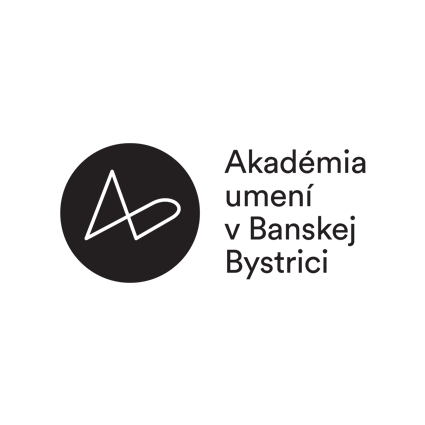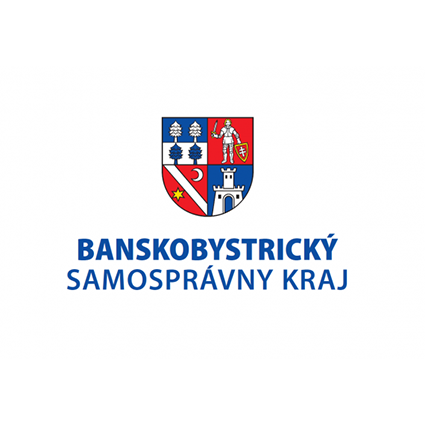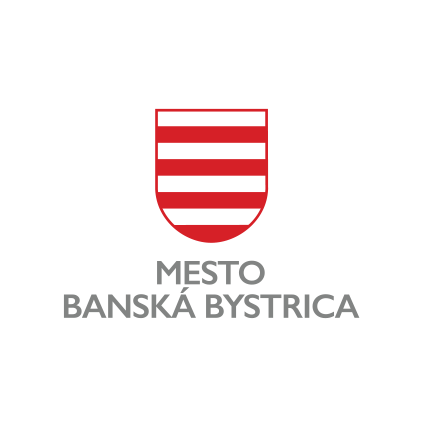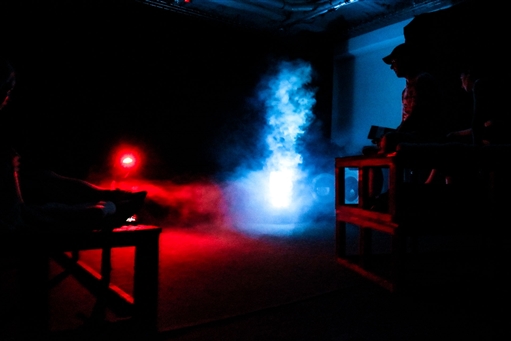
Rozhovor vedie Hynek Protivanský, odpovedajú umelci Jatun Risba a Aloïs Yang (alias Xiola Yin).
Hynek:
Since the interview is with two independent artists, let me begin by asking how did you meet? What’s the story behind the cooperation now? Or is it random?
Jatun:
Actually it’s not. We met 3 years ago in Bratislava in a workshop situation.
Aloïs: Yeah, it was a festival called Sensorium. We met at a one week workshop which focused on integrating technology as part of your body, as an extension to the environment.
Hynek: Can you tell me what in particular made you become friends? Was it a feeling or some common idea that you talked about?
Aloïs: I think we connected at a point of misunderstanding. I asked Jatun what her sexuality was and she said punksexual.
Hynek: punksexual?
Aloïs: Yeah I think that was the point when we became friends.
[Jatun and Aloïs both laughed]
Jatun (still laughing): Do you really think that was the point when we became…
Aloïs: Yeah, well if I think about a simple answer to the question… But actually what Jatun was referring to was pansexual. But I heard punksexual [Jatun laughing again], which might be an interesting concept. This misunderstanding is among the good memories of our meetings. But I think what brought us together were ideas.
Hynek: Have you cooperated before:
Jatun: Yes, in 2019 we did a rave event in a casino in Nova Gorica in Slovenia. It was an operating casino. Our project was part of a festival of contemporary art and new media called Pixxelpoint.
Hynek: So you actually made a rave in a casino where people simultaneously played games?
Jatun: Yeah, well on the first floor of the casino people played casino games and on the second floor they could join our rave event. For me the most interesting part of the work was the preparing of the grounds to be able to do such a work there. We cooperated with the employees of the casino and also a fantastic engineer.
Aloïs: Yes, he was a musician, an old-school guy who played the guitar and had a very strong character. In the casino environment you meet people who do not relate so much to our usual art-scene language and our usual behaviour. They helped us set up a very luxurious bar with waiters and waitresses and champagne, which felt very absurd for a rave. The concept of the rave was that it was decentralised - without a DJ - we created a decentralised dance floor with interactive objects with sensors that defined the soundscape. We tried to encourage everyone to play with it.
Jatun: Yes, the sound was partially generated by a wearable device with sensors collecting body data, which was then used to impact the soundscape.
Hynek: When the two of you cooperate, does one of you take a leader role or do you work in a harmony without one leading the other?
Aloïs: First of all I’d like to say that when I work with Jatun, it’s my other artistic ego. The front-facing side of my artistic identity is Aloïs Yang, but then there’s the reversed alterego where my name is reversed to Xiola Yin. When I collaborate with Jatun, I am more in this side of me, in this energy. Of course, we do have an initiator, like for example this work we’re doing now in Záhrada - Numb Nature - the idea concept was initiated by Jatun. But besides that, it’s not about harmonies, challenging one another or leading or not. It’s more about a dynamic flow. But there are differences in how we work, when Xiola Jin works, she doesn’t overthink and is more impulsive, working with trial and error, throwing ideas on the table and see how they evolve. And sometimes we get lost and don’t know why we are doing something. We explore nonsenseness or nothingness.
Jatun: Yes, it’s part of the process. One of the starting points in working on Numb Nature was the idea of how to explore nothingness with art. And also how to explore the Fibonacci sequence in nature, which is the basis of the golden ratio found in natural patterns. Then the interesting bit was how to challenge this idea of the golden ratio, of a fixed stable harmony present in natural phenomena, and contrast it with emptiness. We studied the interplay of the two on an abstract, conceptual level. This was the driving force behind the curiosity of our project - how to immerse the audience into these mathematical patterns and then also present the idea of randomness, imperfection, and finally also of nothingness. We try to figure out what comes out of this mixture of these concepts together and to deconstruct these ideas.
Aloïs: It’s a very human-centric perspective. First of all, to create this mathematical system and to reveal this pattern. I like to put it like this: you put the golden ratio shape on the top of a picture of a sunflower and you think you discovered something. But there's a layer of observer - the intellectual processing power, and the nature itself. There're always these few perspectives. But what is inbetween, what is the space inbetween, where you don't have intellect and you don't have perception and you forget about who is perceiving, who is creating, projecting and who is reflecting. There's always the self there, but what is inbetween, what is that space? We labeled it emptiness. But to explore the unknown, the pure emptiness, is one of the hardest topics, I guess. Because we always need this framework to perceive something, you always need to feel the self and need some sort of guidance. We chose the most perfect guidance according to Mr. Fibonacci and we found a nice tool to really experience this sequence, so in our performance, our work, there's this layer of experiencing this sequence not just as an intellectual fact or as an equation but really as an installation, a happening. But in the end, we're questioning what is emptiness in the art context or in this space, in this environment... what is empty? ... Can you feel it?
Jatun: And then again, when talking about emptiness, there are not only different perspectives but even dimensions or levels of reality. So when talking about emptiness, are we talking about self-emptiness? And this can be referred to a person - is the ‘self’ empty? Or is the table we're sitting at empty? Is this on a relative, like everyday level? Can we talk on a conceptual level, where phenomena are experienced and conceived in relation to one another, so that's why they can be emptied and why you can deconstruct concept on this conceptual level. But then another question arises: Is there anything more or is this the ultimate level or can you go even deeper? Is there another type of emptiness and how is this another type of emptiness related to this cognitive, perceptual experiential level of reality. So they are really deep questions and we wanted to create a framework, a platform where some of these insights or questions may arise and sparkle some experiences and inspire people to conceive themselves and reality in a different way than the common everyday reality and to broaden the perspectives of what's there, who we are... to shapeshift a bit.
Aloïs: Even the language that we're using now to talk about nothingness or emptiness, this intellectual definition already is a contradiction, because if there's something called nothingness that our human brain can process it then it's not nothing, it's something. So this is what is paradoxical about this. What's the ultimate nothingness or emptiness, or vacuum... in a scientific perspective? As Jatun said, it's a matter of relationships. And this is also a part of the question we try to ... not answer. We can't answer it, if we answer it we fail. What we're asking, we're already contradicting the definition; that's a very interesting point. But the Fibonacci part, everyone will understand.
Hynek: If you can look at nothing, is it nothing if you can look at it...
Jatun: Can you listen to nothingness...
Hynek: I could imagine absolute silence... absence of any sound vibrations. But absence of anything, of any matter in space? But from the way Jatun is looking at me now, I think I am thinking about it probably too much in a physical sense, right?
Jatun: Based on yourself, because the scale of sound, human ears can perceive frequencies between 20Hz to 20000Hz, but there are machines that can perceive much more frequencies than human. So this is again relative, not an absolute reality.
Hynek: Ok, so it can be just invisible or unhearable to us, but it is there...
(…)
Hynek: Do you think art should always carry a hidden message, or any message?
Aloïs: This is an interesting question because we can refer to the work we're doing now: Our ultimate message is nothingness. But this message will fail by itself when we'll be delivering it. As we talked about it already, the intellectual definition of nothingness is already a paradox. So I guess there's many different kinds of art, there's art like what we're doing where we try to do nothing, but in the end there's still going to be some message that we cannot avoid, we have to talk about in our art, even though our art is about nothing. We have to do this interview. For me the message, hidden or not, is totally dependant on the artist themself, on what they choreograph to deliver. The message can be 100%, where I tell you everything from the start to the end, where I reveal everything super clearly and there's going to be no room at all for your imagination. Or I can do a project like this one. There's always something we call the responsibility your artistic decision - how much message do you want to give. But to have zero message, that would be the challenge.
Hynek: Would you say that even if the artist doesn't include any message at all, the observer might see a message anyway? So in simple terms, the answer to the previous question would be "yes and no"?
Aloïs: I can give you an example to summarise. When I do live concerts as Xiola, which are improvisations of my own materials that I collected over the past 10 years, it's a lot of message, a lot of memories and a lot of emotions inside of me when I throw these thing around. And when I am improvising and have a successful performance, all these things are blended to a new moment, new reality through sound and it is delivered in some space, it is vibrating the air and reaches the audience. I usually enter another state where I don't process anything that is happening and I am very focused on the moment. So there's no message, there's just give and take, exchange of energy in the present moment. And then, my best feedback is when afterwards people come to me and they want to talk to me and they tell me their feelings, such as "at that moment I had tears going down my face and I felt this relief...", something like that. And instantaneously, when they share this feedback with me, I feel the same. Because I was empty... I was like a medium that was just passing through some data and delivering it to people, and there wasn't any message. But afterwards, as you say, it's very interesting. I start to feel that way. Every feedback that people give is real and my answer is always the same: "Yes... Yeah... I felt the same!” They remind me of what just happened and it always makes sense. The work itself is about opening space without any conceptual definitions and whatever will happen, it will make sense. And whatever you perceive is the ultimate meaning or message of my work. (…) It's like making a juice, blending juice in front of you with strange ingredients. And then you have like an alien juice.
Hynek: I am thinking of what to say to that and I am going to say what you say to the people that come to you: I feel you. I think I know what you're talking about.
Aloïs: I felt the same - when they describe it to me through language they trigger my body memory. They just put it in a contextualized, personal language. But we were in the same experiential level, we were connected. That's why they come to me. And I always thank them: It is thanks to you that this happened. It is not me creating it. When they tell me, it completes a feedback loop and that's why it's so important. When I really move someone, touch someone, I can see it in their eyes. They come to me and there're these... eyes. And you know that something worked out and they need to bring it back to me and that's the most beautiful moment.
Jatun: It's hard for me to think about it as the message. It's more the background and the experience that you're bringing to the work. You cannot completely detach your personality and your life from what you're creating. There's always a dependant arise of phenomena of reality - the observer is the observed and vice-versa. What is the message which creates the messenger? Can the message be diversed from the messenger? Then can we even talk about the message if the message is the messenger?
Hynek: Do you work with inspiration in some way? Do you take inspiration in other artists' works or maybe you try to avoid it to not pollute your vision?
Aloïs: I think someone asked me this question last night at the bar. This is a very common question and a common problem for artists. Very fundamental. I think at the beginning of your career you need to solve this issue before you continue your exploration. I think it is a very important problem and everyone has their own way of dealing with it. For me, I think I am done with this issue and don't need to solve it any more. There are two ways of looking at it. If we talk about music, you can't escape everything that you hear in your life. For me, music is a body memory. Everything that you ever hear will stay in you, that's what I believe. So everything that I reproduced, even in my work, I would say 99% came from my memories. Really impulsive reactions. And maybe only 1% is original. Why would I need to calculate whether it is 99%? Whatever is created at this moment is original. When it comes to inspirational things, there're also two ways of looking at it. If you're doing a research project, of course everything is based on what already happened, it's a research and you are just gathering data and mixing it in a different order and that's already very creative. On a lot of works, this is co-creative - how you mix-match the material and data. And maybe that's all that we're doing anyways. I can be inspired by anything and anyone and the inspiration can come after... it's not a past thing, the inspiration can come back after I make the work. I discover the inspiration after I finish the work, because I wasn't conscious what it's inspired from. Or I am very conscious, I am copying someone's esthetic but a different concept. There're always multiple dimensions.
Jatun: Everything you've been through and all your experiences leave a mark on you, a memory, so it's impossible to remain "uncontaminated". Also, it's very illusive and self-centered, wrong and inaccurate statement to be totally authentic. It's an impossible task. It's in contradiction in how life and reality is created. In my personal experience I would say art has been always created out of urgency. Art has always been a necessity, a necessity to create something, not in order to make art, making art has always been accidental for me. To create something was not the primal objective, it was never a consideration for me. Creating something has always been a part of the process of getting into an issue that was bothering me to find a more truthful way how to inhabit this space which was uncomfortable and challenging. To face it and to find something meaningful, to understand the specific issue, how to expand the space of myself, how to create a space where other people can also delve into this issue, because if you have problems or curiosity or interest in some phenomenon, for sure it's a shared with others, you're not the only one, the special one who is figuring it out. It's a collective thing - if you have this issue, others have it too. You're just a medium that creates a situation that helps you and others to see phenomena, thing, reality, from other perspective and maybe find more meaning, more truth that relates to the specific issue.
(…)
Hynek: How can people find more information about you?
Aloïs: On my personal website Aloïsyang.com and also on facebook as Aloïs Yang.
Jatun: My personal website is jatunrisba.com. And also becomingtree.live is a project I am involved in.
Rezidenčný program Záhrady 2021 podporil z verejných zdrojov Fond na podporu umenia.



